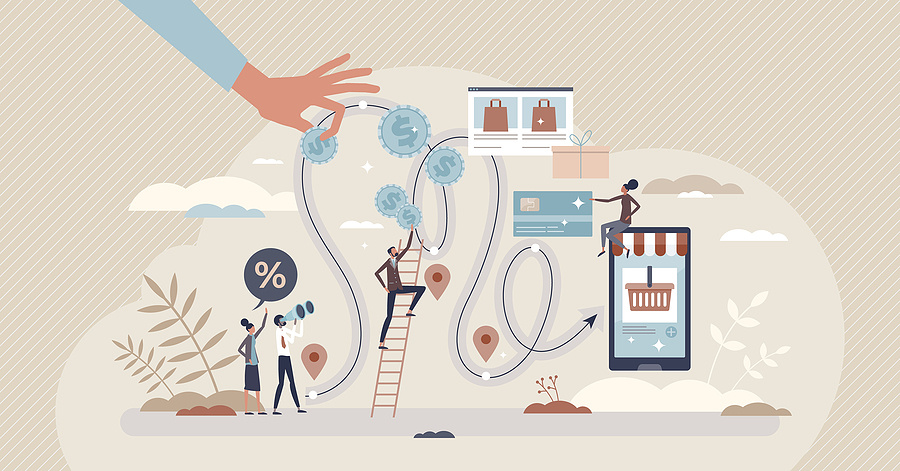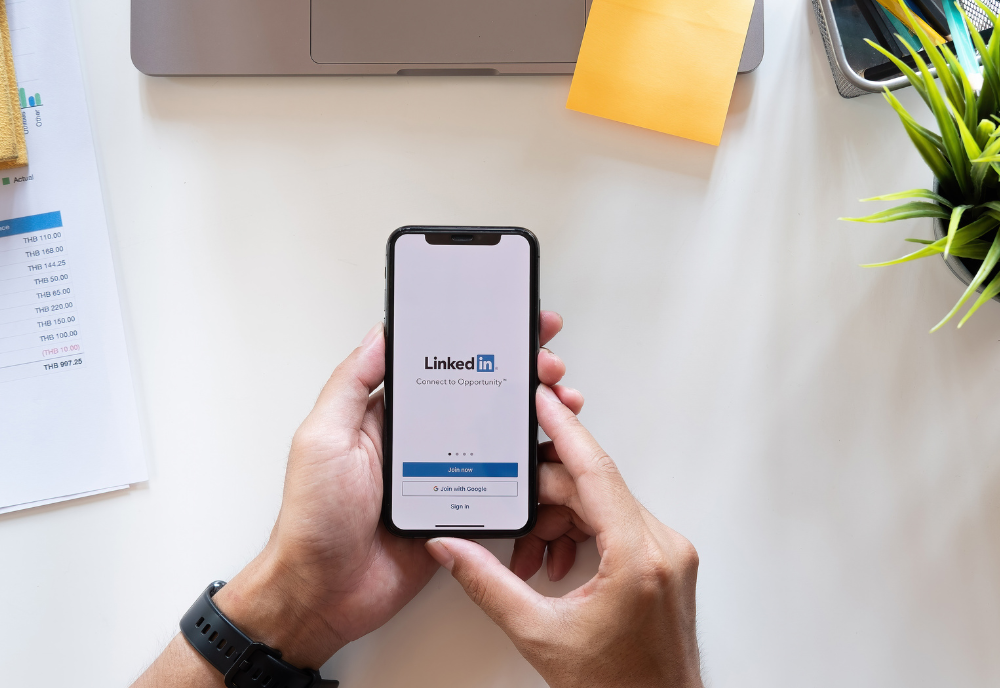Behind the Scenes at Wild Fig, Part I: The Importance of Having a Well-Defined Sales Process
A company’s sales process is at the front end of any business and, depending on the quality of that process, can spell the difference between success...
5 min read
 Mindy Traylor
:
October 3, 2024
Mindy Traylor
:
October 3, 2024

In our previous blog, I interviewed Kari Switala, our founder and chief creative officer, about Wild Fig’s sales process. Today, we'll continue our discussion by exploring what the customer journey entails once we've successfully used our sales process to convert a prospect into a customer.
Mindy: Hello, Kari! I’m excited to continue this conversation and get some insight into the customer journey at Wild Fig!
Kari: I’m looking forward to answering some questions about how and why we do what we do. We’re continually refining our process as we learn and grow. It will be fun to take an up-close look at Wild Fig’s customer journey and maybe even inspire others with their process.
Mindy: How about if you start by giving us a brief overview of what the customer journey is and when it begins.
Kari: Sure! The customer journey follows a prospect from the moment they enter into a contract with us through their entire relationship with our company. In other words, once our well-defined sales process accomplishes its objective—nurturing our prospect into a customer—their journey with us begins!

Kari: The first step in the customer journey is onboarding, and HubSpot makes it easy! We enter a new client into HubSpot and designate which team members will be working with that client. Then HubSpot assigns tasks to our team members so we can get the ball rolling.
We work hard to make this transition as seamless as possible for every new client. We want them to have a good experience right out of the gate. And we strive to maintain that ease and excitement for our client throughout the relationship.
Kari: We review this process at least twice a year or once a quarter. Some of the questions we ask ourselves during the review process include:
We’re continually refining our process and making changes as needed.

We strive to establish trust. We let our customer know that we’re just as invested in their business as they are, and we want these efforts to succeed. We want this to be a good relationship and not just a transaction.
We also want to make sure our customers are engaged in their marketing. Prospects who want a hands-off relationship with us and their marketing aren’t a good fit for us.
Check out this success story where we helped one of our clients automate their onboarding process, create a better customer experience for their customers, and save over 30 hours a month!
It’s important to build trust and engage your customer early on by communicating clearly and providing them with value. Right away in the onboarding process, we educate customers about why we’re making certain suggestions or why we’re doing things the way we’re doing them. A lack of communication or value at any point in the process, but especially early on in the customer journey, can diminish any trust you’ve already built with your new client and cause them to drop off.

When it comes to segmenting the customer journey, we really look at our first year with a client. Where do we anticipate high points and low points, and how do we address those?
We have multiple touch points that first year. We send out birthday and anniversary cards and gifts through Send Out Cards. We schedule owner-to-owner meetings to touch base about business. We mail new clients one of our favorite books—Fans First by Jesse Cole.
In our first round of communication with a new client, we include a Loom video. Loom is one of our favorite tools for communicating something more detailed or complex. Clients love it too because it helps clear up confusion and minimizes the number of meetings needed. Loom allows us to clarify our process and explain how clients can approve social media posts, blog posts, and other content. HubSpot is our main tool for tracking all of our communications.
When we look at customers who’ve dropped, we look for common trends. Is there anything similar about the timing of when they dropped? Did it have to do with us and our process, or was it something on their end? Usually, if a client isn’t a good fit for us, it’s obvious in the first six months.
We also look at successful client relationships. What are some trends or commonalities we see? What do we like about them? What’s worked well? We use these examples as models for our buyer personas, and they help us look for specific clients during the sales process.
Kari: Key touch points include months one, three, six, and nine and their first anniversary with our brand. Our main KPI is whether our customer stays or goes! If they stay and continue to work with us or renew their contract, we consider that a success!
Kari: I would say content gathering is the main bottleneck we encounter with our customers. We need a lot of information from each client, and that can be overwhelming for them at times.
It helps to break what we need into bite-sized chunks. Website work can be especially long and grueling. We like to give them a piece to look at early on to keep them excited about the process. We love cheering our clients along!
We’re always looking for ways to minimize this issue. We’ve talked about implementing “content days” where we go out to our client’s business and gather photos, videos, etc. that we can use for their blog, website, and other marketing. It would probably give us six months worth of content that could be repurposed for social media, emails, etc.

Kari: Early on, we try to determine what our customer’s primary goals are. Maybe it’s increasing website traffic or reducing the amount of time it takes to convert a prospect into a customer.
Also, we try to get a sense of our customer’s personality and how they like to communicate (email, text, phone call). We also ask them if we don’t hear back from them in a certain amount of time how they would like us to move forward.
Having early conversations about their preferences shows them that we care and that we’re motivated to keep things moving forward.
Kari: I make sure the marketing coordinator and writer for each new client is at the kick-off meeting with me so it’s a seamless transition. Then, we schedule a check-in meeting right after the kick-off meeting, where we discuss what we heard and what we think we should focus on. We strategize on content, too, and then return to the client with ideas, goals, and direction.
When a new client comes on board, we log them in HubSpot. Then, HubSpot sends team members notifications about tasks, to-dos, and things to communicate. We’ve created templated emails that we personalize. We have templates so we don’t have to retype the same email a hundred times. This process guarantees that we send out the appropriate communications at the appropriate times.
Kari: When we help our clients with their customer journey, we ask our clients some of the same questions we ask ourselves:
The ultimate goal is to address any friction or disruptions in the customer journey with creative and effective solutions that keep your customer’s success your number-one priority!
Mindy: Kari, it’s been so fun to hear all about the customer journey at Wild Fig! It gives other business owners some great ideas for their own businesses and helps people know what to expect if they choose to partner with us in the future!
Kari: My pleasure!
If you’d like to learn how Kari and the Wild Fig team can help you foster a more successful customer journey for your customers, we’d love to hear from you! Schedule a free 30-minute exploratory call with Kari today!

A company’s sales process is at the front end of any business and, depending on the quality of that process, can spell the difference between success...

Standing out in a sea of competitors is tough enough in a normal year. When you add in a pandemic and the fact that you can’t always see people face...

Looking for more B2B leads?